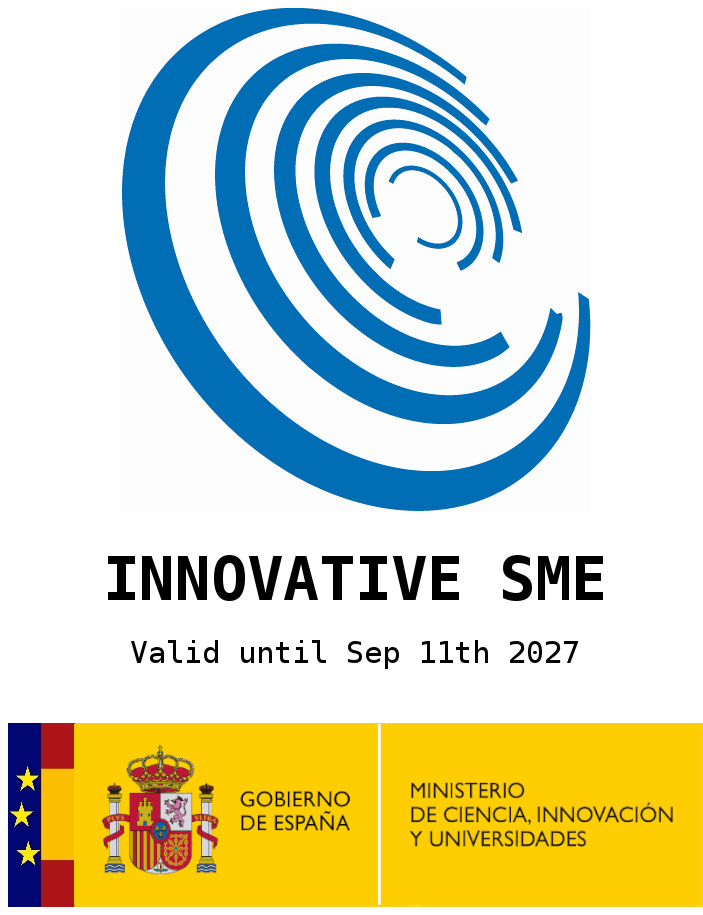
ADVANTICSYS has successfully completed the European project GreenerBuildings . The consortium, composed of companies from several countries, including Technical University of Eindhoven and Philips, has developed a novel service oriented architecture applied to building automation systems, achieving reductions in energy consumption and improvement of comfort by monitoring user activity.
The main objective of GreenerBuildings is to achieve a more efficient energy usage inside the building while ensuring user comfort. Nowadays, people spend a great deal of time in buildings, may these be offices, hospitals or commercial buildings. While active indoor, people desire to have comforting lighting and microclimate conditions that adapt to their daily activity and wishes.
GreenerBuildings has gone one step further from traditional building management systems, not only with the deployment of sensors for ambient and light data gathering, but also other sensors capable of monitoring the specific activity a user is carrying out at each moment, all of it by installing a great number of wireless sensors and actuators throughout the building, capable of communicating among them and collectively forwarding their data to the system.
With the help of these sensors, the system is for example capable of detecting whether a user is working at his desk, therefore reducing the ambient light conditions in the rest of the room. At the same time, whenever the user leaves his desk, it can disconnect non-essential devices such as the computer monitor or the lights. The system allows as well the addition of virtual sensors like a user agenda or calendar, and by analyzing the use of the different rooms throughout the day is capable of setting up the ambient conditions in advance.
This increment in the number of devices is exponential depending on the size of the building, reaching up to a thousand in a standard office building. To manage this large amount of information, it is necessary to have a robust and easily scalable architecture, capable of receiving the data from the sensors, adapt it, analyze it and together with the rules established by the user, carry on the necessary control actions.
This is why it was decided that a distributed service oriented architecture had to be developed, acting as a building management service, even on top an already existing one in the building. This open and flexible approach allows third parties the addition of new complementary services easily, the adaptation of the system over existing infrastructures, and the scalability from one unique building to hundreds of them, due to the distributed computation tools used.
The project carried out pilots in several buildings in Netherlands, achieving savings of up to 20% of electric consumption . Surveys conducted clearly showed that the system maintained or improved in certain cases the user satisfaction in relation to comfort perceived.
GreenerBuildings has been funded by the Seventh Framework Program of the EU, and its duration has been three years.


